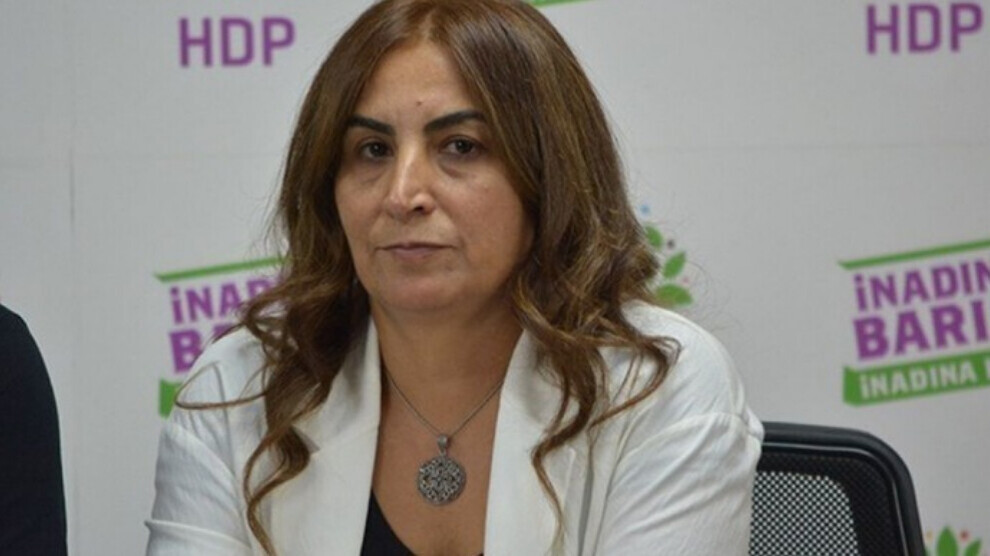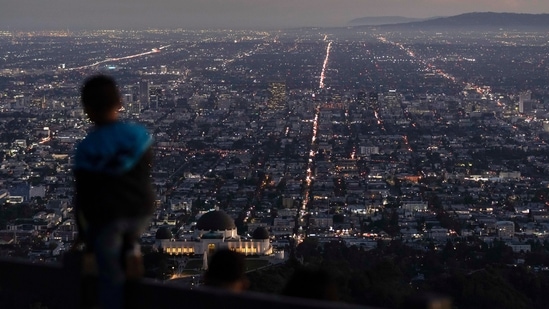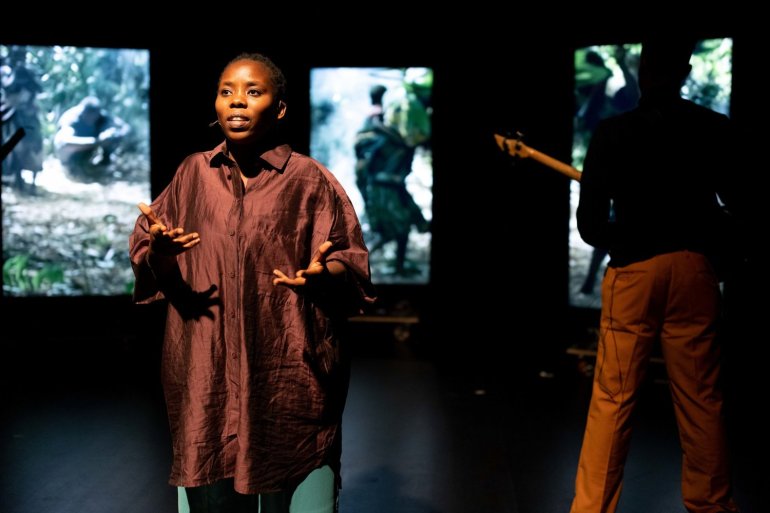A new indictment has been prepared against Kurdish politician Aysel Tuğluk, who was recently released. The charge is "membership of a terrorist organization" and relates to an alleged incident in 2014

ANF
AMED
Tuesday, 15 Nov 2022, 10:41
Kurdish politician Aysel Tuğluk, who was recently released from prison after the Forensic Medicine Institute (ATK) reported that she could not stay in prison because she is suffering from dementia, was targeted by a new indictment on charges of "membership in a terrorist organization" after the statement of a "witness", by the Diyarbakır Chief Public Prosecutor's Office.
In his statement to the Adana Chief Public Prosecutor's Office, about 8 years after the incident, the alleged member of the organization, Turgut Taşkıran, who was injured during the ISIS attack on Kobanê in 2014, claimed that Tuğluk helped him.
Taşkıran gave his statement to Adana Chief Public Prosecutor's Office on 17 January 2021, the indictment states. He claimed that he was injured while changing the house he was in during the ISIS attacks in 2014. Stating that he was injured in his leg, Taşkıran said that YGP members brought him to the Turkish soldier at the border and he was being treated at Suruç State Hospital. He claimed that Tuğluk and Faysal Sarıyıldız, who were MPs of the HDP at that time, came to visit him during the treatment.
Taşkıran argued that they asked him where he wanted to go after the treatment.
Taşkıran, who said that he wanted to go to Diyarbakır, claimed that Tuğluk and Sarıyıldız offered him to be admitted to another hospital after his mother stated that he would be arrested if he came to their house in Diyarbakır. Taşkıran claimed that he was later taken to Cizre by Tuğluk and Sarıyıldız. Taşkıran identified Tuğluk, who is well known to the public, in a photograph.
The indictment demanding that Tuğluk be sentenced to 7 years, 6 months and 15 years in prison on the charge of "member of a terrorist organization" was requested to be combined with the file opened against Tuğluk on the same charge at the Diyarbakır 4th High Criminal Court. The request of the Diyarbakır Chief Public Prosecutor's Office to join the two cases was accepted by the Diyarbakır 4th High Criminal Court.
Aysel Tuğluk finally released from prison
Kurdish politician Aysel Tuğluk, who is suffering from dementia, was released from Kandıra No. 1 F Type Closed Prison this evening after the Forensic Medicine Institute (ATK) said in a report that ...
Forensic Medicine Institute says in a report that Aysel Tuğluk cannot stay in prison
The Forensic Medicine Institute (ATK) issued a report on Kurdish lawyer and politician Aysel Tuğluk, who is suffering from dementia and is held in Kocaeli No. 1 F-Type Prison, in which it said that...


















:quality(70)/cloudfront-eu-central-1.images.arcpublishing.com/thenational/A4R5DGJSFUHTX3Z6REIM7XDK4Y.jpg)
:quality(70):focal(2769x2455:2779x2465)/cloudfront-eu-central-1.images.arcpublishing.com/thenational/H2LTTEH36QNOF7472KJY3BQ7SQ.jpg)
:quality(70)/cloudfront-eu-central-1.images.arcpublishing.com/thenational/4HGQEYDLYZAHGQDMMYN3GMNVT4.jpg)
:quality(70)/cloudfront-eu-central-1.images.arcpublishing.com/thenational/MEPL5X5DG5WUNIF4V7Y2XND4FI.jpg)
:quality(70)/cloudfront-eu-central-1.images.arcpublishing.com/thenational/UPW34OPZZFALPMOPTVZRNTEO5A.jpg)
:quality(70)/cloudfront-eu-central-1.images.arcpublishing.com/thenational/5NYYBJ266S5KMVYTU54DJUREA4.jpg)
:quality(70)/cloudfront-eu-central-1.images.arcpublishing.com/thenational/G3KML4NNB7YHJOBDZTFM2VZDQ4.jpg)
:quality(70)/cloudfront-eu-central-1.images.arcpublishing.com/thenational/ZRBAKECQVLJJFIP6YIQZWL2BRU.jpg)
:quality(70)/cloudfront-eu-central-1.images.arcpublishing.com/thenational/DOYOS2KIWZAGXGJ4M62WVL4NZA.JPG)
:quality(70)/cloudfront-eu-central-1.images.arcpublishing.com/thenational/2VGR2AM2LZDIFIPRBT4ADZFLGU.jpg)
:quality(70)/cloudfront-eu-central-1.images.arcpublishing.com/thenational/WHWCQFC7WHXL62ZHEQ2S7JI62Y.jpg)
:quality(70)/cloudfront-eu-central-1.images.arcpublishing.com/thenational/PHEPQRDSBICO3DKAZJAM643YEU.jpg)
:quality(70)/cloudfront-eu-central-1.images.arcpublishing.com/thenational/GDQIGY54IBPRBA7FVLO6XVILX4.jpg)
:quality(70)/cloudfront-eu-central-1.images.arcpublishing.com/thenational/TIIKU2D3ZJZ7EWQSNKD667UTPU.jpg)
:quality(70)/cloudfront-eu-central-1.images.arcpublishing.com/thenational/YV2WVRQKPJQGUZBFPESL2VH2QM.jpg)
:quality(70)/cloudfront-eu-central-1.images.arcpublishing.com/thenational/EVFXUJOO5KIXKWVSVOPJSOAIJM.jpg)
:quality(70)/cloudfront-eu-central-1.images.arcpublishing.com/thenational/XPLGSHEM3OQXAQLO6UCCJXD2SI.jpg)
:quality(70)/cloudfront-eu-central-1.images.arcpublishing.com/thenational/ZDRQDMFPZEWBO7SH7QKPVLICQA.jpg)
:quality(70)/cloudfront-eu-central-1.images.arcpublishing.com/thenational/PEJMIHT74N2RU4GEFPZHJVSNKE.jpg)
:quality(70)/cloudfront-eu-central-1.images.arcpublishing.com/thenational/ATMECHIQISGN25S5BZ2A2KKG24.jpg)







